|
The daisy—that most common, yet often overlooked flower—symbolizes renewal, happiness, positivity, and new beginnings. The name originates from Old English, “day’s eye,” describing the way in which the petals open in the morning and close at night. The symbolism here is obvious, and it’s where we get the phrase “fresh as a daisy”, referring to a refreshing night’s sleep and rejuvenation. By extension, babies and rabbits are associated with daisies, as is April, the first full month of spring. The daisy is a positive little flower, delicate yet strong and full of hope.
0 Comments
Guest post by Fatjoe Publishing In the stillness of the early pandemic days, many of us discovered a new rhythm—one that included long walks, slow mornings, and, perhaps most beautifully, gardening. It wasn’t just a way to fill time; it became something more grounding, more intentional. As shared in this lovely reflection on gardening, there was comfort in nurturing something, in watching beauty bloom through uncertainty. Now, years later, the garden remains a place of quiet joy. But the question many are asking is how to make that space feel not just functional, but magical. The answer might lie in the gentle aesthetic of the cottagecore garden—a soft, lush, and romantic space that blends wild beauty with thoughtful charm. Fill It With Useful and Beautiful Plants Cottagecore gardens are filled with life—not just in bloom, but in purpose. The flowers you choose can be both stunning and useful, and the planting style leans into layered abundance. Picture tall hollyhocks and spires of delphinium dancing in the breeze, while foxgloves and sweet peas wind their way along fences and arbors. At ground level, herbs add texture and scent. Lavender, thyme, rosemary, and mint not only smell heavenly, they’re handy in the kitchen and attract bees and butterflies. Calendula adds color and can be used in homemade salves or teas. The beauty of a cottage garden is that it doesn't follow rigid rules. It's about planting what you love and letting it mingle in unexpected ways—a space where every bloom feels like it belongs. Let It Keep Its Wild Spirit Part of the charm of a cottagecore garden is how it leans into the soft and unstructured. Unlike manicured lawns and neat hedges, these gardens allow plants to flow freely, often self-seeding from year to year. Paths don’t have to be perfectly straight, and flowerbeds can be slightly overgrown without feeling neglected. This low-maintenance, high-reward style is perfect for anyone who wants to enjoy their garden rather than constantly manage it. Let climbing roses tumble over trellises, allow daisies to pop up between pavers, and embrace the natural rhythm of the seasons. The goal isn’t perfection—it’s creating a space that feels like nature had a hand in the design, where the garden itself is gently guiding the process. Make It Your Private Slice of Heaven The most magical gardens are the ones that feel like your own secret hideaway. Cottage gardens invite you in with soft details—wrought iron chairs tucked beneath trees, lanterns strung along branches, and perhaps a vintage table set for two. To preserve that sense of peace and privacy, a gate can add both charm and function. It marks the garden as a special space, your own quiet retreat. For ease and security, consider working with a gate operator to install a gate that suits your home’s style and the dreamy feel of your garden. Paired with a wooden fence or a rose-covered arbor, a gate becomes more than an entryway—it’s a moment, a welcome, a way of saying: “You’re entering somewhere lovely.” A cottagecore garden is never about trends—it’s about soul. It’s about creating beauty, finding peace, and expressing yourself in your own outdoor corner of the world. You don’t need to overhaul your yard overnight. Start with a favorite flower, a cozy bench, or a winding path. Over time, the space will shape itself into something soft, lived-in, and uniquely yours. Summer is in full swing with its lush greenery and gardens exploding with vibrant blooms. The butterflies and bees are spoiled for choice in their never-ending search for pollen and nectar! This is the perfect time of year to create an enchanting fairy garden! Whether starting from scratch or adding to your existing Neverland, you too are spoiled for choice with garden accessories! I recently shared a blog post chock full of magical fairy garden decor and I had so much fun finding those items I decided to create another blog post with even MORE! So without further ado, let’s get to it! Summer is in full swing! And you know what that means…Gardening! One of the most fun ways to bring a personal, whimsical touch to your yard is to carve out a spot for a fairy garden. Whether you’re a kid in an adult’s body or are looking for ways to entertain kids and grandkids, a fairy garden provides the perfect dose of escapism from this crazy world we live in! I’ve been trolling through Amazon (among other sites) searching for inspiration for a fairy garden destined to materialize in my raised garden bed. The myriad of options has my head spinning! But a few stand out…And—who knows—maybe some of them will end up in my garden this summer! Are you looking for inspiration as well? Read on for my top 20 fairy garden items from Amazon! Summer weather is finally here and my garden is coming along nicely. This year the plan is to use my raised garden bed for herbs and wildflowers, with the idea of creating a small fairy garden once everything comes into bloom. I can’t wait to design a magical hiding spot for the local fairies underneath the vibrant summer flowers! It’ll be a few more weeks before I have that lush, fragrant flower garden. In the meantime, I’m doing some research for inspirational ideas. It’s been a minute since I’ve created an outdoor fairy garden (I usually create indoor fairy gardens with faux florals) so this will be a nice change of pace. If you’re new to fairy gardens, you may feel overwhelmed with all the possibilities. You may have questions and don’t know where to start. If this is you, read on! This blog post will help you break the process into small chunks, allowing you to create a successful plan for a whimsical fairy garden that will last all summer! Floral arrangements uplift our spirits, brighten a room, and create a touch of natural beauty in our interior spaces. Flowers come in a wide range of shapes, sizes, colors, and textures, each with its unique character. Some popular flowers used in arrangements include roses, lilies, tulips, daisies, sunflowers, and orchids, but don't be afraid to play with any of your favorite flowers and greenery. Creating a balanced floral arrangement is all about channeling your creativity while following (more or less) the principles of floral design. In this blog post, we'll explore the art of floral design and share some valuable tips on creating balanced and visually appealing flower arrangements for your home. So let's get started! If you enjoyed one of my latest articles, “8 Flowers that Attract Fairies to Your Fairy Garden”, here are six more fairy flowers for your garden! Interest in fairy gardens has been growing for quite a while now, and the trend shows no sign of stopping any time soon! The act of creating a fairy garden awakens the inner child, providing an escape from the problems of the mundane and sometimes stressful world around us. And it’s a gift that keeps on giving! Once you create the garden, it becomes a refuge where you can escape from it all and let your imagination out of the box. I have been experimenting with my fairy gardens, and—being a lifelong lover of fairy tales—it got me thinking about the types of flowers fairies might like in their garden. I’m sharing some of my research with you to help you on your way to creating a fairy-friendly garden! Bringing flowers into your home is one of the easiest ways to add beauty, color, and texture to an interior space. Flowers can make a statement all their own or complement existing decor, and many have an amazing fragrance that can be a natural room deodorizer. But if you have cats (or other pets) or even small children in your home, you must be selective about which flowers you use and purposeful about where those plants are placed. In some cases, it could mean the difference between life and death! If you have houseplants AND pets, this information is for you! For most of my life, there has always been a cat or two in the home, and I can’t imagine life without them! Houseplants, on the other hand, are a far more recent phenomenon. A few years back (after our 14-year-old fur baby passed away), our household was blessed with two beautiful munchkin kittens. It’s been five years, and they have grown into such sweet cats! Suddenly, I’ve become aware that the house is full of luscious green plant babies that may not get along with my fur babies. Even if you don’t believe in fairies, a beautiful garden full of fragrant flowers bursting with vibrant blooms feels enchanting--don’t you think? To my mind, fairies are more than tiny winged or magical creatures. They represent the idea that the natural world is brimming with wonders, wonders we miss while living our busy lives. But take the time to go deeper, and you'll find magic all around you. Fairies and flowers have long had a close association, as this poem by Robert Louis Stevenson beautifully illustrates: The Flowers
“All the names I know from nurse: Gardener's garters, Shepherd's purse, Bachelor's buttons, Lady's smock, And the Lady Hollyhock. Fairy places, fairy things, Fairy woods where the wild bee wings, Tiny trees for tiny dames-- These must all be fairy names! Tiny woods below whose boughs Shady fairies weave a house; Tiny tree-tops, rose or thyme, Where the braver fairies climb! Fair are grown-up people's trees, But the fairest woods are these; Where, if I were not so tall, I should live for good and all” Robert Louis Stevenson Succulents are generally some of the most hardy houseplants you can have in your home, but that doesn’t mean they are indestructible! Succulents are known for storing water in their leaves, allowing them to survive dry spells in their native habitat. That said, succulents can come from many natural habitats, and each plant might have slightly different needs. There are a few general rules to follow when caring for succulents to keep them alive and thriving. Below are a few ways you could potentially damage or even kill your precious plants! In a previous blog, I introduced you to seven houseplants that can tolerate a bit of neglect. In today’s blog, I will share seven MORE houseplants that can take a little abuse from an absent-minded or inexperienced plant parent.
Ready for more? Here we go… If you have a black thumb—or are just starting to wrap your head around buying houseplants for the first time—this blog is for you! Houseplants can be tricky, right? There’s a lot to take in—proper light, water needs, soil types, fertilizing, best trimming practices, propagating, pest control—but some plants are less fussy than others. Today, we’ll look at seven plant babies for beginners or people who want easy houseplants. If you have a small bonsai ficus that has become a little unruly or has over grown its pot, today’s blog has a few tips that may help you repot that burgeoning bonsai tree! Last year I purchased a bonsai ficus retusa and over the past year it has become side heavy, leaning to one side and pulling itself out of the soil. The tree leaves themselves are flourishing and look amazing, drinking in the warm sunlight from its tranquil spot in front of my south facing window. The severe lean that is causing the roots to be exposed, however, has me concerned that this tree may soon find itself in distress. An intervention is needed! This blog article has been a long time in the making. My whole business model is based on the notion of “nature-inspired”! But does having natural and organic elements in the home make a difference in how we feel? Does it improve our mood? And why do I have such a passion for creating nature-inspired home decor?
Nothing speaks to being calm and relaxed like the aromatic floral scent of lavender. Retail stores are filled with essential oils, incense, candles, and potpourri with the lavender scent. I’ll let you in on a little secret—chamomile is my favorite herb! I have to tell you, I have developed quite an infatuation with this gorgeous little flower. Two years ago, I planted chamomile in pots that eventually ended up on my back patio.
A few years back, I bought this packet of mint seeds to plant in my yard for fresh mint. Not only did I have no idea how to grow mint, but there was no thought given to how I would use the stuff when it started to grow…and grow it did! So, the first thing you should know is that mint is prolific! No, seriously, you'll have to keep on top of it so this plant doesn’t spread all over your yard. But it needs little care to keep it alive, and you get a lot of it for whatever uses you have in mind. Which brings me to my second point…What can you do with fresh mint?
Last year, I grew tomato and cucumber seedlings in styrofoam cups on my kitchen's southwest windowsill. After a couple of weeks, they were a couple of inches tall! My cucumbers are once again rapidly growing. This year's cucumber and tomato seedlings (along with other herb seedlings) are sitting on my living room windowsill, which roughly faces southwest. So this year, I'm sharing my gardening journey, pitfalls, mistakes, triumphs, and tips. This will probably be the first in a series of articles following my journey from planting the seeds to using my homegrown vegetables in recipes. Herbs…They are fun to grow AND useful for many things! This spring's goal is to increase the variety of my existing indoor and outdoor herbs. A second—but equally important—goal is to learn more about the care of these plants so I can get the most out of the growing experience. |
Author
Some of the posts on this site contain affiliate links. This means if you click on the link and purchase the item, I will receive an affiliate commission. Categories
All
Archives
October 2025
|
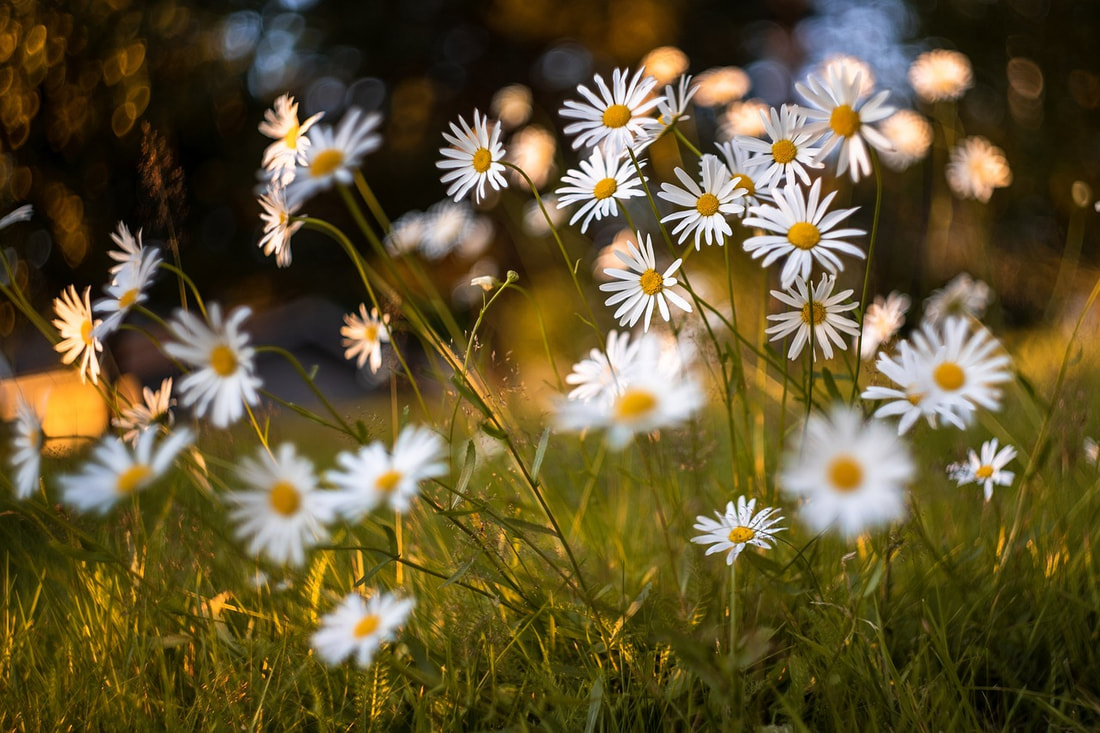


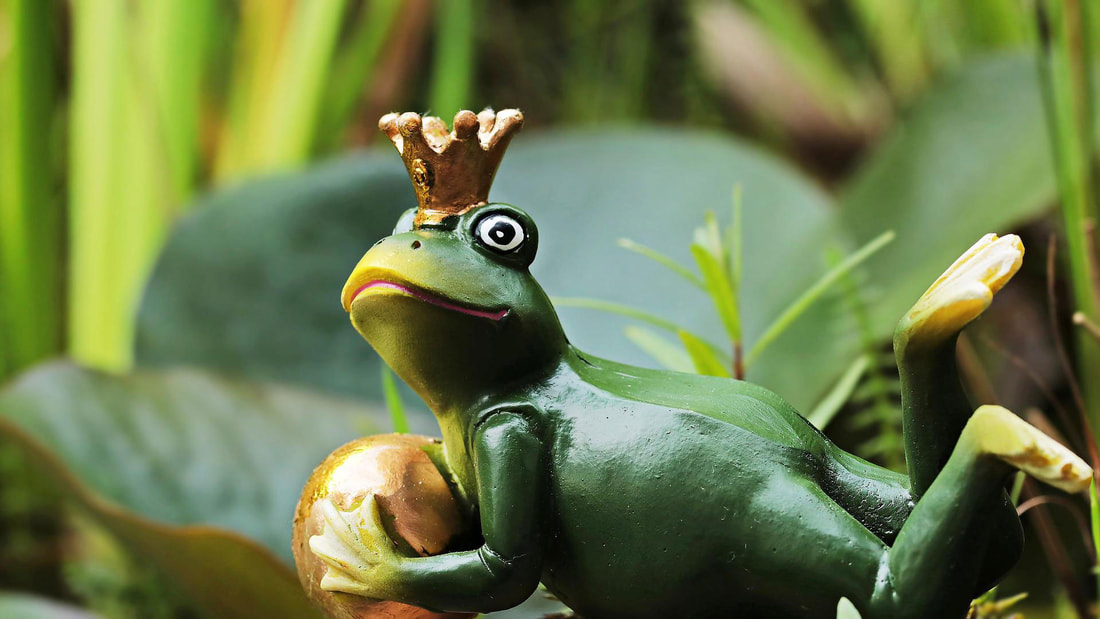
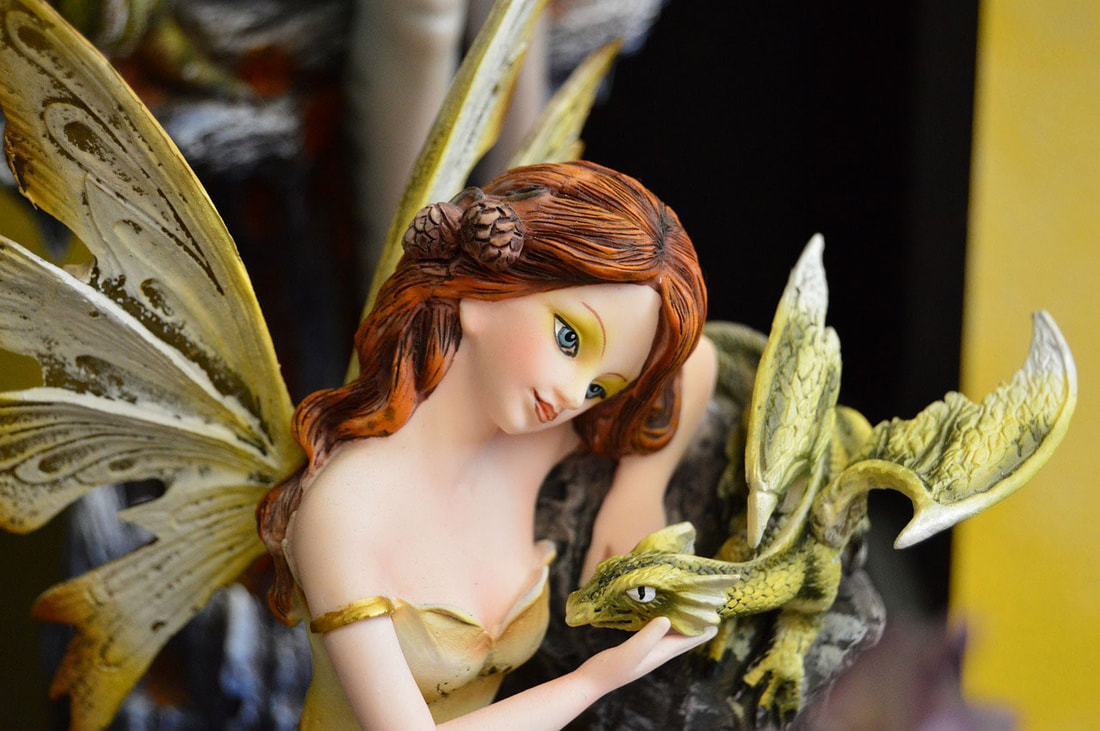
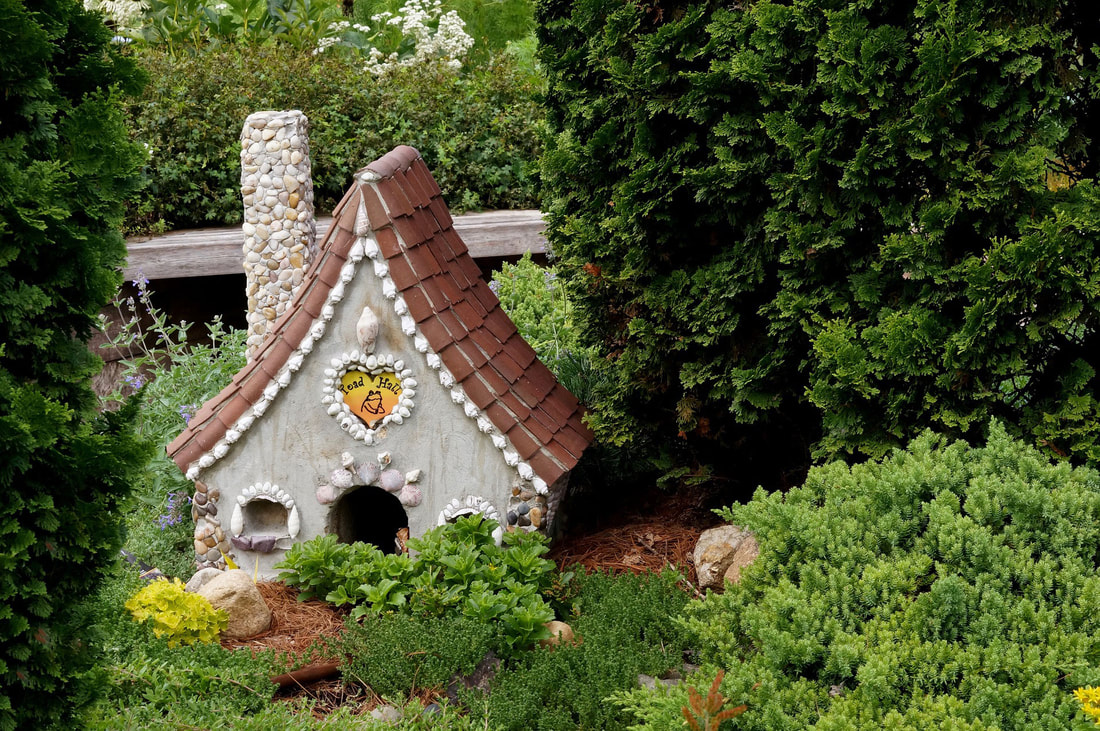
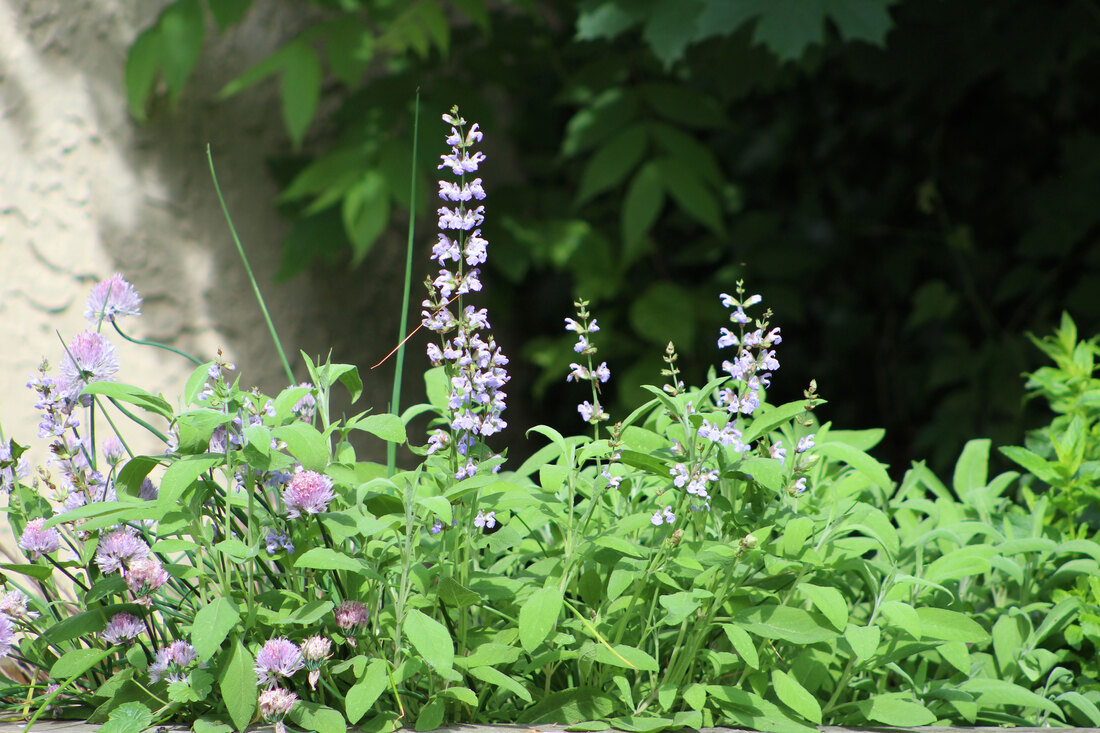
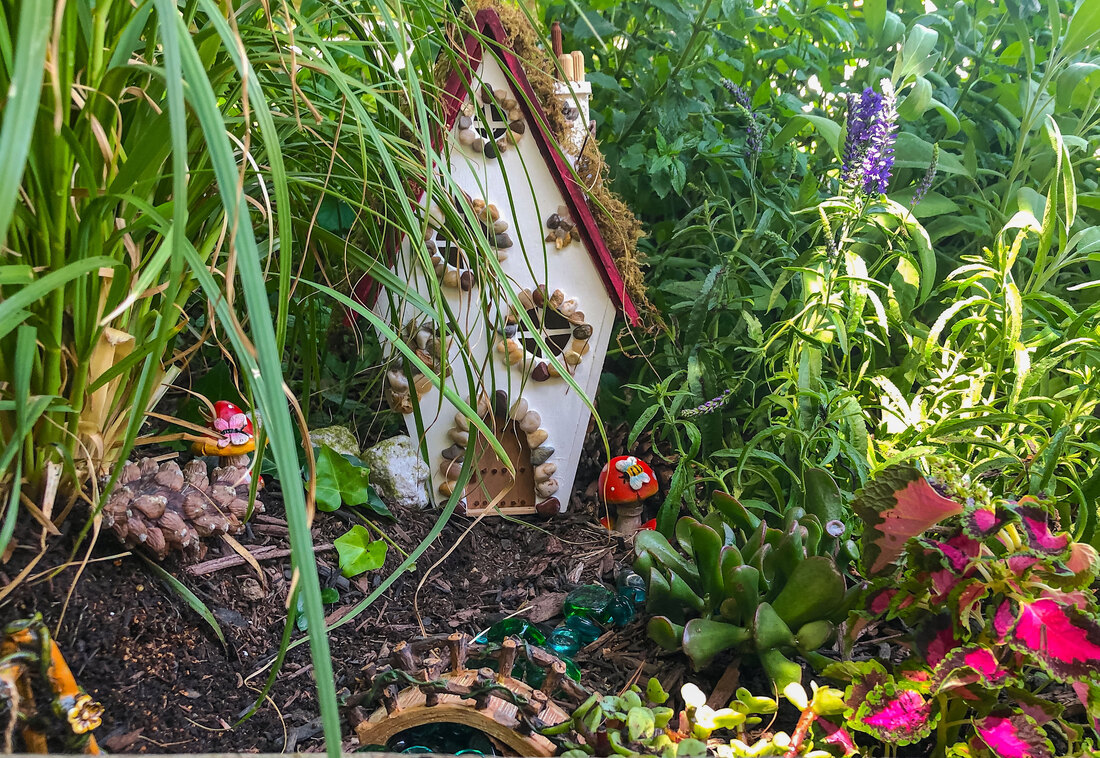














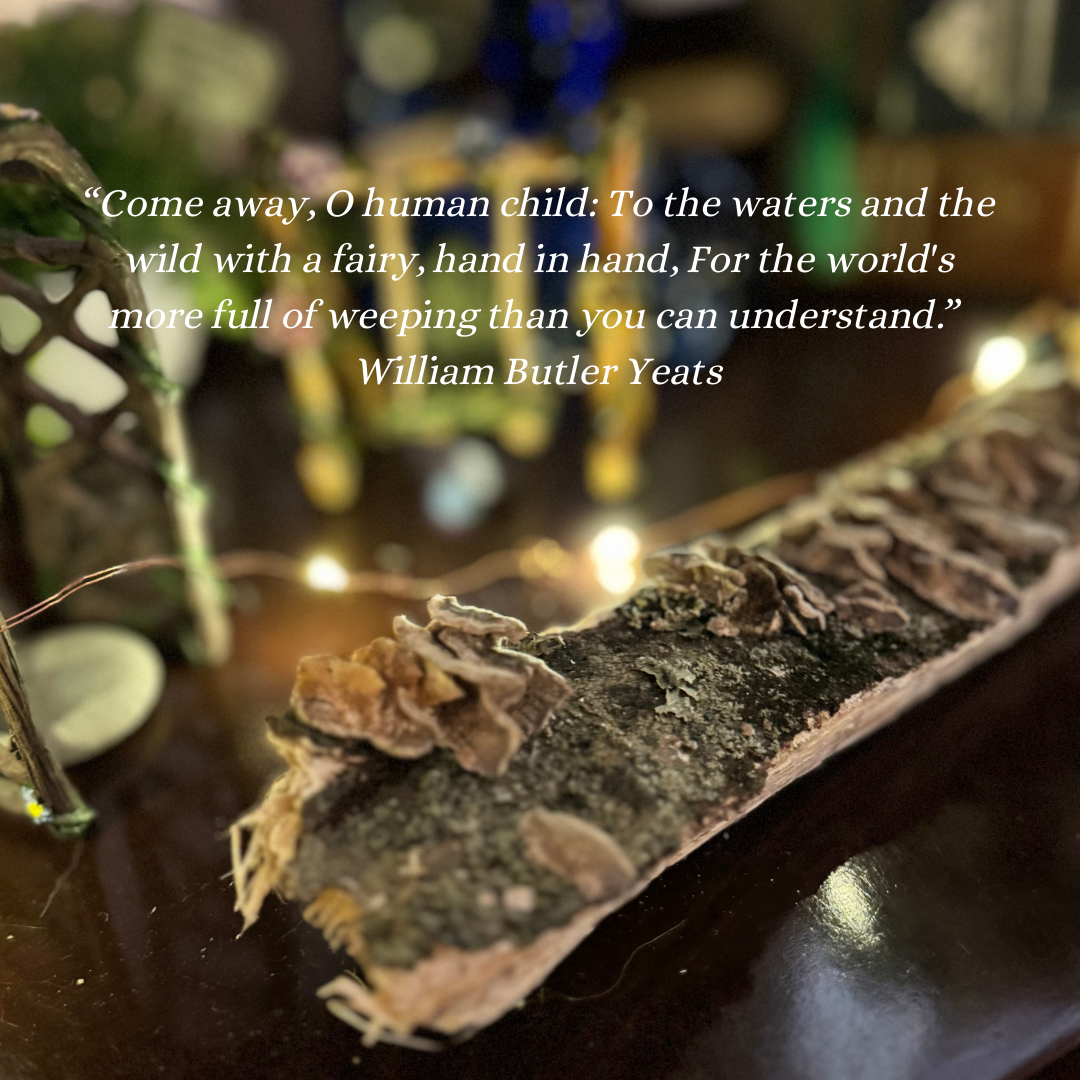

 RSS Feed
RSS Feed
